7 Fast-Growing Vegetables to Plant in Early Spring, According to Martha’s Head Gardener
Plant your seeds now and you’ll soon have a bounty of fresh home-grown vegetables.
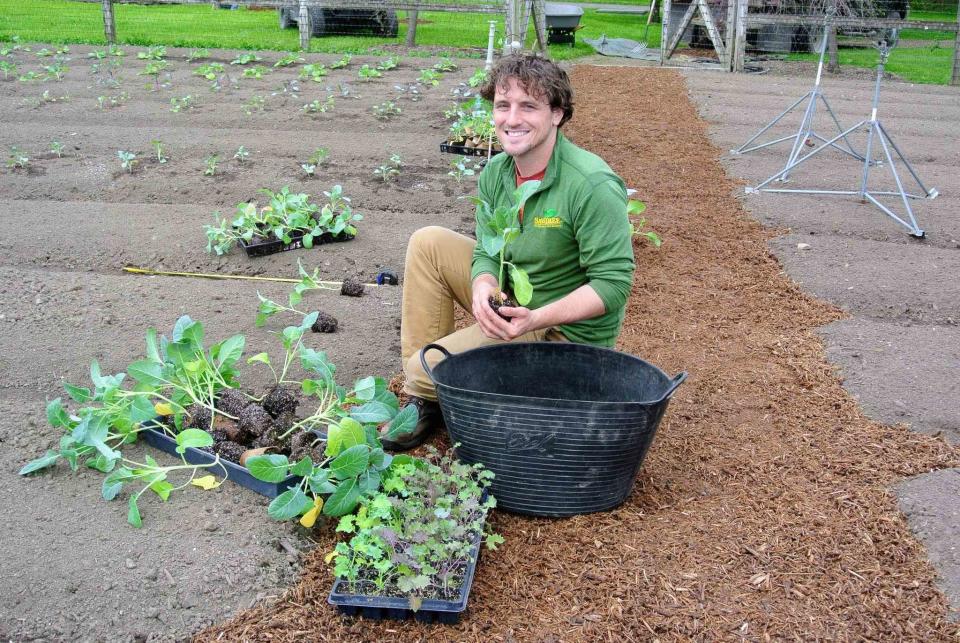
The Martha Blog
The beginning of spring is a transition period for gardeners—it’s starting to warm up outside, but the evenings are cold and there is still the potential for frost and freezes. Despite these conditions, early spring can be a great time to begin planting many vegetables. Generally, plants that like colder temperatures, prefer a bit of moisture, have a dislike for hot summery weather, and can handle the occasional frost are great candidates for the early-spring garden. This means you’ll primarily be planting a lot of greens, plants from the brassica family, and some root crops. All of these groups fit the bill, as they have some cold and moisture tolerance typical of this season.
Related: This Checklist Will Help You Prepare Your Garden for Spring
How to Prepare Your Garden for Spring
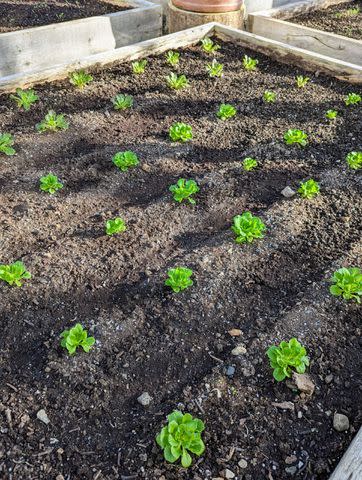
The Martha Blog
Before you can begin planting early-spring vegetables, you need to prepare your garden. Garden preparation should begin in late winter or early spring (this mainly depends on where in the country you live). Start by removing any debris, and dead or unwanted plants from last year’s garden.
Next, gauge your soil quality. If it is compact, consider tilling or double digging. Have your soil tested by sending it to a lab or using an at-home test, which will tell you what your soil needs to be amended with. Once you know this, you can (and should) add compost and an organic granular fertilizer as vegetables are heavy feeders. Also, make sure the area you’re planting the vegetables in has drainage and adequate sun and water access.
When to Start Early Spring Vegetables
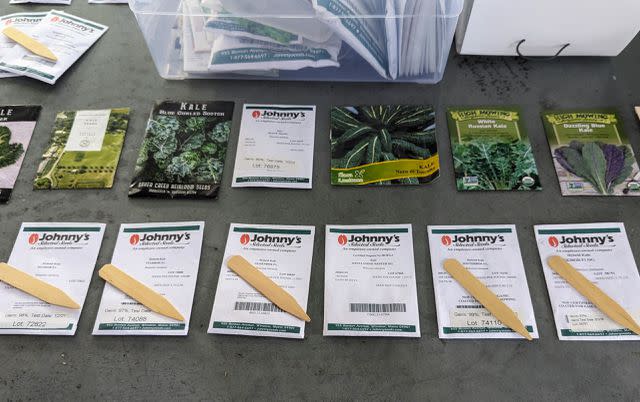
The Martha Blog
When you start vegetables depends on the types of vegetables you’re planting, the weather and season, what climate area you live in, how long the vegetables take to grow from seed to harvest, and the availability of finding plants (or the right varieties of a particular plant) to grow in the yard as opposed to seed.
Plants that take a long time to grow from seed to harvestable size should be started from seed indoors weeks before you plan on planting them outdoors. This helps you get a jump on the season and ensures your plants are the right size for when it’s time to plant them outside. The brassicas (broccoli, cabbage, etc.) are a great example of this—I start them inside four to eight weeks before I plan to plant them outdoors. Root crops can be planted by seed outdoors at the proper time, while plants like lettuce can be grown either way depending on the situation and variety.
Fast-Growing Vegetables to Plant in Early Spring
The fastest growing spring vegetables include the following: radishes, lettuce, spinach, arugula, kale, turnips, and peas. All of these vegetables should be fertilized, planted in loose soil, and given adequate sun and moisture. None require pruning and all can be grown in mostly any zone.
Radish
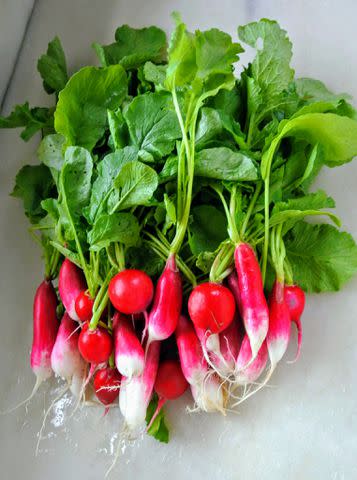
The Martha Blog
Radishes are one of the fastest crops you can grow—it takes the vegetable about six weeks to grow from seed to harvest. On Martha’s farm in New York, April is the standard month to plant radishes, as they can handle cold but not heavy frost. You can plant them in any zone, and they mature very quickly. They are ready to harvest when the root appears to be the appropriate size. The longer you let them grow, the ‘hotter’ the roots are. To harvest radishes, you just pull them directly out of the ground. Both the root and the leaves are edible.
Turnips
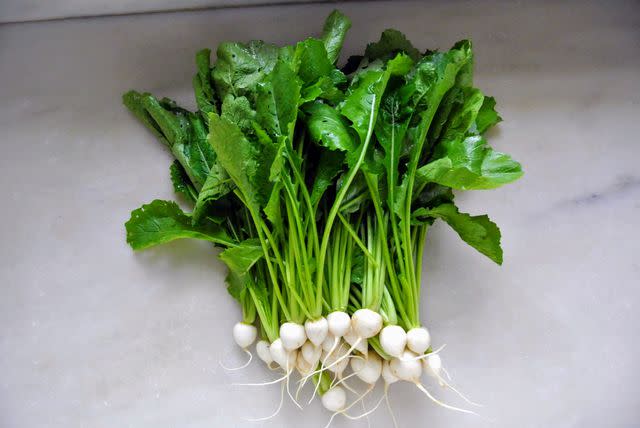
The Martha Blog
Turnips are very similar to radishes in terms of when to start and how to harvest them. One difference is that turnips take three to four more weeks to harvest. The smaller white Japanese types are sweeter and mature more quickly. The purple and white larger varieties take at least 60 days to harvest. Both leaves and roots are edible.
Lettuce
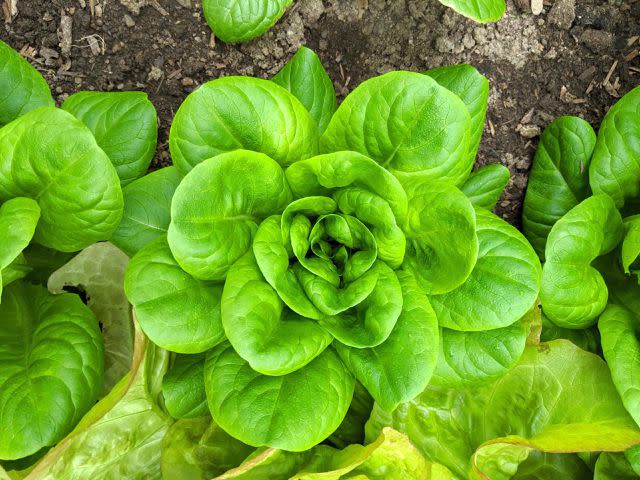
The Martha Blog
How fast lettuce grows depends on the type you plant. Leafy types grow the fastest and are ready in 45 to 60 days. Romaine takes a couple weeks longer, while heading types take a few weeks longer than that. Lettuce can be planted from either seeds or transplants (seeds require light for germination).
Plant lettuce around April, as most varieties can handle chilly weather but not deep cold or hard frosts. When the plants have filled out, harvest the leaves at the size in which you plan to enjoy them, be that baby leaf or fully mature. You can harvest either individual leaves selectively or the entire head all at once. To harvest, just cut about 1 inch above ground level. After harvesting, leafy types can be left in the ground to grow another flush or two of leaves, while head types should be replanted.
Spinach
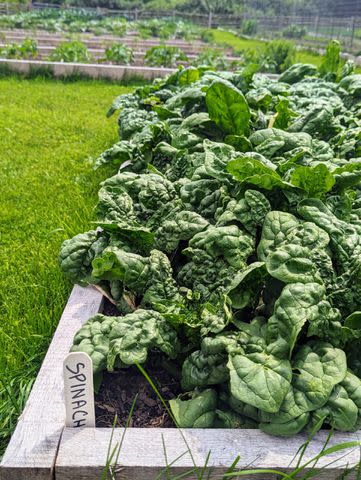
The Martha Blog
Spinach is a great choice for early spring gardens because it needs colder weather so it doesn’t bolt (go to seed and become bitter). Spinach can be planted in either rows or broadcast over a bed. Sow the vegetable in early spring and harvest it any time after about six weeks, though leaving it in the ground longer will result in larger leaves. If you cut about 1 inch above the soil you can often get a second harvest. Cut spinach smaller for baby leaves or let it grow a few weeks longer and harvest the whole head at once.
Arugula
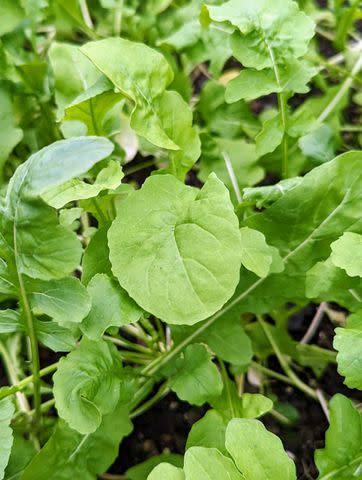
The Martha Blog
I’d consider arugula the fastest-growing vegetable—even more so than radishes. It can handle cold or warm temperatures, so you can plant it during early spring or later. Just loosen the soil, sprinkle seeds over the top, and water. You can harvest as soon as a month later, but the longer you leave arugula in the ground, the spicier the leaves will be. Arugula usually yields enough for just one cutting (occasionally two). Replant it every two weeks for a succession of harvests.
Kale
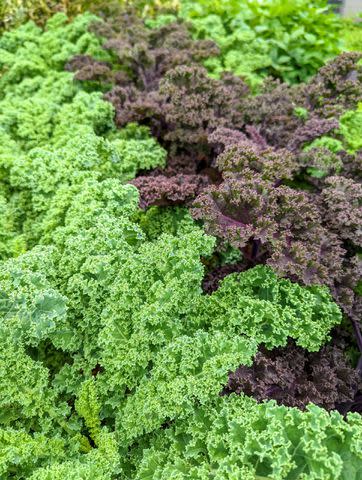
The Martha Blog
Kale is the most cold hardy of all the vegetables and should be planted very early (or even very late in the fall to overwinter in milder climates). The cold weather enhances the sweetness of the leaves. Kale comes in various shades of green, red, and purple. The smaller leafy types can be planted from seed broadcast on the ground and harvested by removing the entire plant at once. Heading types can be started indoors early then transplanted outside. Heading types take about a month or longer to grow and can be harvested by removing individual leaves or the entire plant all at once. A knife is the easiest tool to use for harvesting kale.
Peas
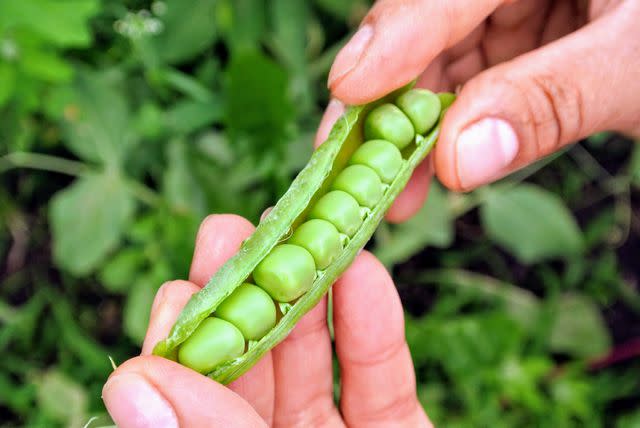
The Martha Blog
You should plant peas very early (standard day is March 15). Peas hate heat and planting them early allows the vegetable to grow and mature during cool weather. You can plant any of the three main types—snow, snap, shelling—based on what part of the pod you eat. It’s beneficial if you soak the seeds overnight in water before planting. Peas take about 60 to 90 days to harvest depending on the variety. Harvest them when the pods are filled out but before they get tough. Plant peas every couple of weeks for two to three harvest successions before the heat of summer sets in.
Read the original article on Martha Stewart.

